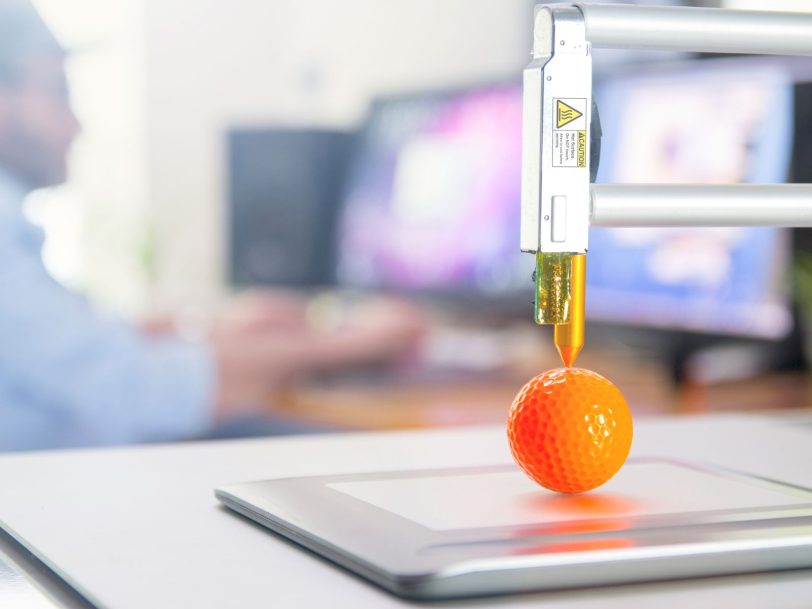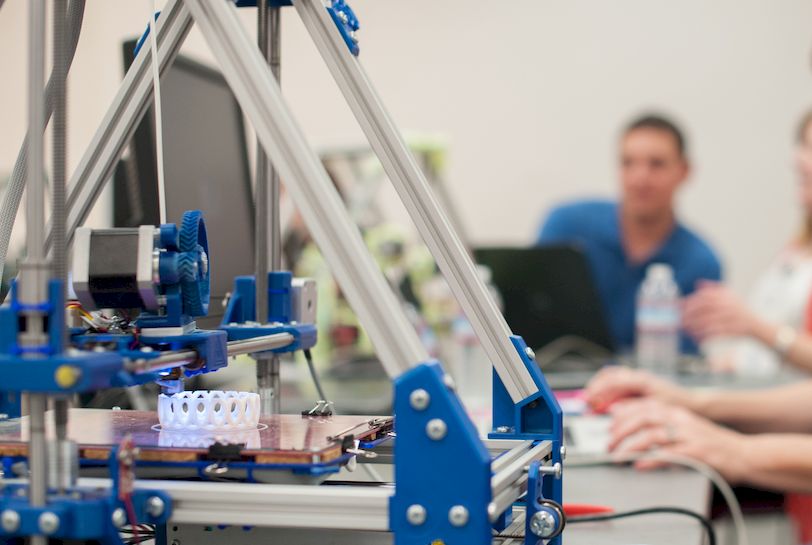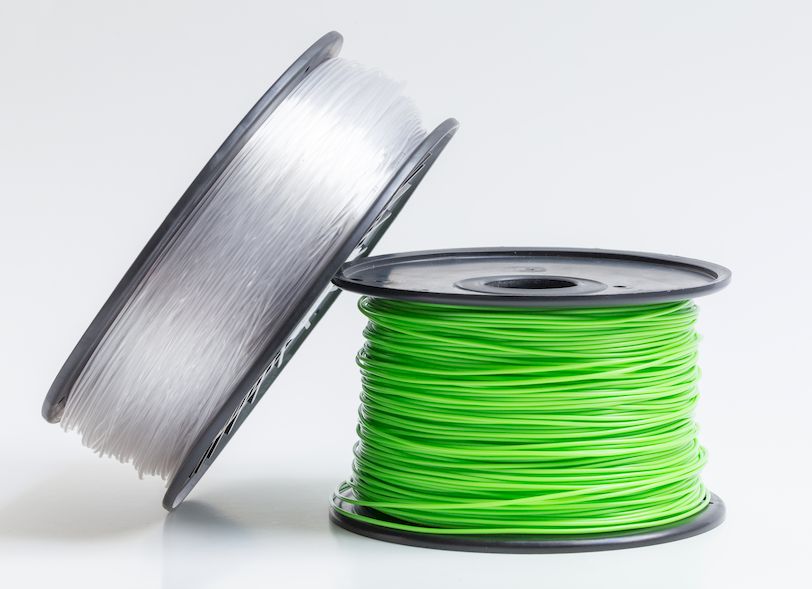3D printer problems and solutions

The 3D printer community is growing and if you are interested in 3D printers but have trouble creating your first projects successfully, in this article we will tell you about the mistakes you should avoid in 3D printers so that you can get perfect prints.
Many of the traditional manufacturing processes, such as machining, casting and assembling, are being replaced by 3D printing. Manufacturing costs are relatively low, and complex models can be designed and produced inexpensively with a simple 3D printer. However, learning 3D printing can take some time because you need to not only learn how to use CAD and simulation software for printing, but also learn how to use your 3D printer and avoid certain mistakes.
In this article, we’ll take a look at the most common mistakes novice users make with their 3D printers, and tell you what to do to avoid and fix them.
The most common mistakes in 3D printers
Incorrect bearing setting
The “bed” of the 3D printer is, so to speak, where the first layer of material sits, and an incorrect height or poor leveling can completely ruin the entire print, plus hours of wasted time all over again, resulting in material wastage.
In 3D printers with manual leveling systems it is sometimes difficult to level the bed. Generally they have four springs with one on each corner and you will need to align them perfectly by hand by turning the screw they have. In any case, refer to your device’s manual for the inputs and outputs for bed leveling.
One of the mistakes novice users often make is not perfectly aligning the height and inclination of the bed and placing more emphasis on the initial printing process than configuring the 3D printer correctly. So if you don’t want your first print to turn out wrong instantly, spend a few minutes straightening the bed properly, because once you’ve done that (and unless you move the printer) you won’t have to touch it again.

Incorrect breaker installation
Using the wrong material settings on the cutter is the second most common mistake novice users make with their 3D printers. Before sending the file to the printer for production, make sure you slice it correctly because if the model is not sliced correctly with the printer’s Slicer settings, printing will fail or there will be problems.
If you plan to use more than one different material, you need to be mindful of your cutter settings. Some materials require high temperatures to print, while others require lower temperatures to function properly, so these are critical settings. Check the ambient temperatures in your printer’s manual.
Not checking the filament
When the filament you use to print gets mixed up, users often blame the manufacturer or the poor quality of the filament; however, when the filament is wound on reels it is extremely difficult to tangle unless mishandled, which is usually the case.
People often leave the end of the filament hanging haphazardly on the spool and let it mix with any of the other layers, and if that happens, the printer’s extruder doesn’t get enough filament to print and they’re all gone. Therefore, the advice here is to always check before printing that the filament is in good condition, that the spool is spinning well and that there is no tangling.

Not using supports well
Depending on the model you want to print, there will be parts that are “in the air”, that is, not supported by anything. During printing, the filament melts and falls on the bed if not left on anything. That’s why it’s important to always check that you have adequate support and that they are placed correctly.
On the other hand, most 3D printing software will help you with this, try to use the right amount otherwise you will have wasted a lot of material.
Misdirection
Many commercial 3D printers we can buy for our home use require the printing to be done in a different direction than the 3D model we see in software. For example, if the top of what we want to print is larger than the bottom (so we’ll need less support), it may be helpful to print the model upside down, but printing such a design without changing it can also cause errors.
So one of the mistakes you should avoid with your 3D printer is not using exactly the right orientation, and as we’ve told you from the start, making any of these mistakes can be disastrous, wasted hours of work, leaving a lot of material that you’ll have to throw out as a result.
Never save on filaments
It’s normal for a novice 3D printer not to want to spend a lot of money on a quality filament for their first project that will often go wrong and go to waste. However, using poor quality filament can cause many problems, such as leaving residue in the extruder or head, which can cause failure sooner or later.
So the advice is, even if you don’t choose the best filament on the market, don’t buy the worst either. We recommend asking the 3D printer community what type of filament is best for your particular 3D printer model (because you will surely find experienced users) and don’t skimp on it, or you will regret it in the form of breakdowns.
Not following the process
The 3D printing process is quite lengthy and can take literally several hours depending on the design. For this reason, many users leave the printer to their fate, unaware of the final result, until the process is finished. By doing this, if there is a problem during the printing process, the printer will not know how to fix it on its own and will continue to print, wasting material, electricity, and malfunctioning the device.
Therefore, the advice is to always supervise the work. You don’t have to spend hours looking at how your printed design takes shape, but from time to time, it’s a good idea to take a peek at least every 15 minutes.